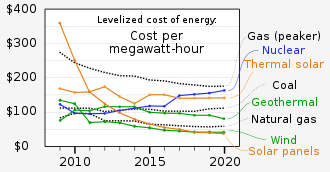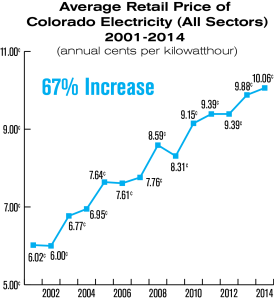Power costs are subject to many elements, for example, the cost of force age, government expenses or appropriations, CO2 charges, neighborhood weather conditions, transmission and dissemination foundation, and multi-layered industry guidelines. The valuing or taxes can likewise vary contingent upon the client base, normally by private, business, and modern associations. As per the U.S. Reliant Energy rates Data Organization (EIA), “Power costs for the most part mirror the expense to construct, finance, keep up with, and work power plants and the power lattice.” Where valuing guaging is the technique by which a generator, a service organization, or an enormous modern shopper can foresee the discount costs of power with sensible precision. Because of the inconveniences of the power age, the expense to supply power shifts step by step.

Rate Construction
- In standard-directed imposing business model business sectors like the US, there are staggered administration structures that set power rates. They are not set in stone through an administrative cycle that is directed by a Public Help Commission. Likewise, the Government Energy Administrative Commission (FERC) directs the discount power market alongside the highway transmission of power. Public Assistance Commissions (PSC), which are generally called Public utility commissions (PUC), control utility rates inside each state. The thought of harmless to the ecosystem power scattered age (DG) and advanced metering establishment (AMI or astute meter) in the state-of-the-art power system has introduced various elective rate structures.
- The idea at its center is to deter clients from adding to top burden times by charging them more cash to utilize power around them. Overall, rates have been immaterial around nighttime in light of the fact that the apex is during the day when all regions are using power. The extended solicitation requires additional energy age, which is usually given by less useful “peaker” plants that cost more to make power than “baseload” plants.
- In any case, as more prominent entrances from sustainable power sources, such as sun oriented, are on a network the lower cost, power is moved to noontime when sun based produces the most energy. An October 2018 concentrate by UK energy provider Octopus Energy exhibited the advantages of season of purpose (TOU) levies specifically, with clients on its Nimble cost model found to have moved power utilization out of pinnacle periods by 28%, assisting customers with saving £188 each year contrasted with standard variable taxes.
Feed in rush hour gridlock
A feed-in duty (FIT) is an energy-supply strategy that upholds the improvement of the sustainable power age. In the US, FIT strategies ensure that qualified sustainable generators will have their power bought by their utility. The FIT agreement contains a dependable timeframe (typically 15-20 years) that installments in dollars each kilowatt hour ($/kWh) will be made for the full result of the framework. Net metering is one more charging component that upholds the improvement of sustainable power age, explicitly, sunlight-based power. The component credits sunlight-based energy framework proprietors for the power their framework adds to the matrix. Private clients with roof photovoltaic (PV) frameworks will normally create more power than their home consumes during light hours, so net metering is especially favorable. During this time when age is more prominent than utilization, the home’s power meter will run in reverse to give a credit on the property holder’s power bill. The worth of sun-oriented power is not exactly the retail rate, so net metering clients are sponsored by any remaining clients of the electric utility.




